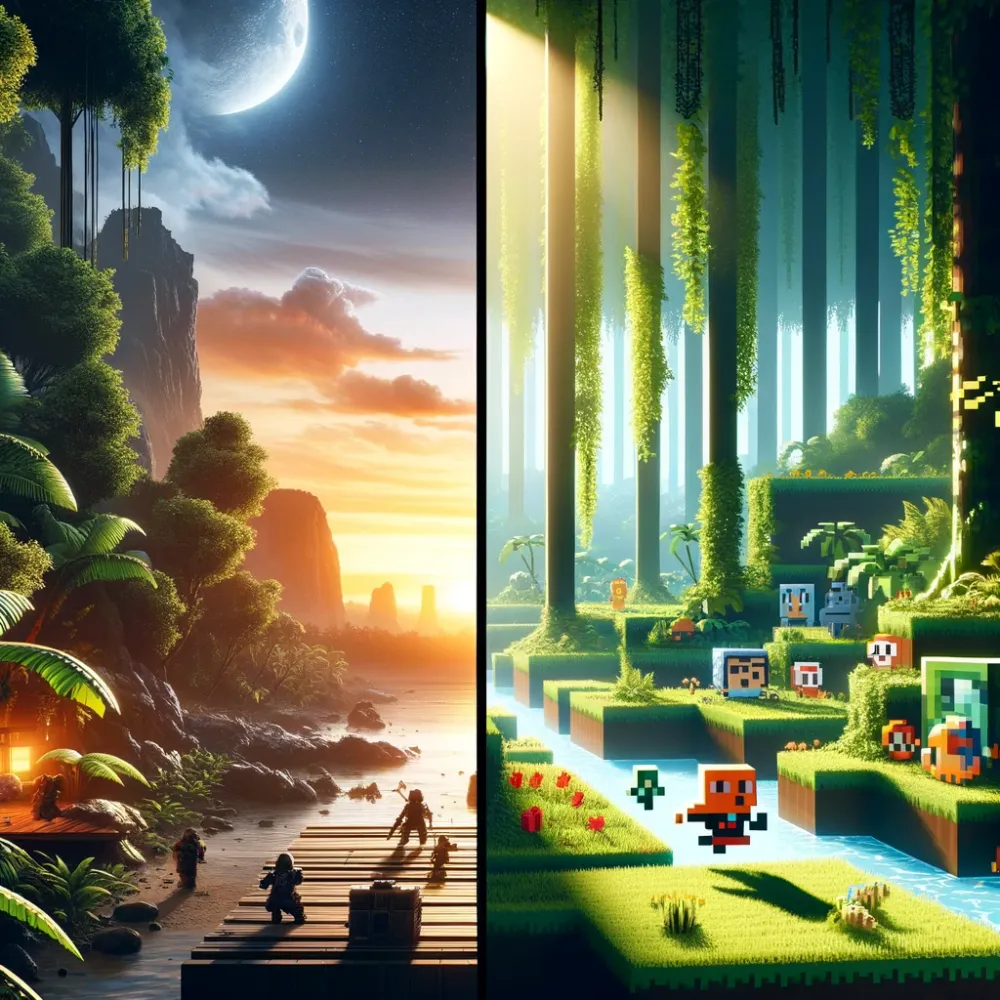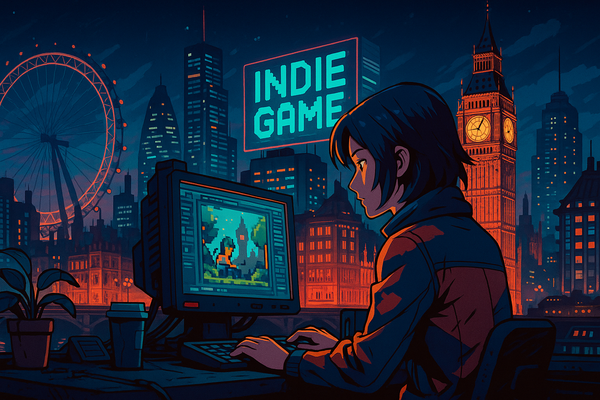Why gameplay triumphs over graphics in video games
The debate over whether gameplay or graphics is more important in video games has raged for decades, reflecting the evolving nature of the industry and the diverse tastes of its audience. While stunning visuals can indeed captivate players at first glance, the essence of a truly memorable gaming experience lies predominantly in its gameplay. This argument is not only supported by historical trends in gaming but also by ongoing discussions within the gaming community today.
The Historical Context: Gameplay as the Foundation
From the earliest days of video gaming, gameplay has been the cornerstone of success. Classic games like Pong and Pac-Man lacked the graphical sophistication of today's titles, yet they captivated millions due to their addictive and innovative mechanics. These games laid the foundation for the industry, proving that engaging gameplay could transcend technical limitations (Plusnet Community).
Consider the example of Minecraft, a game that has achieved phenomenal success despite—or perhaps because of—its intentionally blocky, low-resolution graphics. Its gameplay, which emphasizes creativity, exploration, and survival, has proven far more compelling to players than any hyper-realistic visual experience. This has been a clear indicator that gameplay can drive player engagement and long-term success in ways that graphics alone cannot.
Modern-Day Evidence: The Indie Game Revolution
In recent years, the indie game movement has further underscored the importance of gameplay over graphics. Games like Stardew Valley, Hades, and Celeste have achieved critical and commercial success, not because they pushed the boundaries of graphical fidelity, but because they offered fresh, engaging, and emotionally resonant gameplay experiences. These titles demonstrate that players are often more interested in how a game plays and what it offers in terms of interaction and narrative, rather than how it looks.
For instance, Hades by Supergiant Games combines fast-paced combat with deep narrative elements, creating a compelling loop that keeps players coming back for more. Its visuals are stylish but not groundbreaking, yet the game has won numerous awards and widespread acclaim (Z League). Similarly, Stardew Valley offers a pixel-art style that harkens back to the 16-bit era, yet it provides such a rich farming and social simulation experience that it has become a beloved classic.
Community Perspectives: A Shift in Priorities
The gaming community itself has weighed in heavily on this debate. Discussions on platforms like Reddit reveal a strong preference among many gamers for gameplay and art direction over raw graphical power. For example, a recent debate highlighted how players of visually stunning games like Horizon Zero Dawn and Breath of the Wild might still enjoy these titles even if they had less realistic art styles. The consensus was that the gameplay and overall experience were what truly mattered.
Furthermore, this sentiment is echoed in the sales and reception of games across different platforms. While AAA titles often market themselves with cutting-edge graphics, it's not uncommon for these games to falter if their gameplay fails to meet expectations. In contrast, games that prioritize innovative mechanics and engaging narratives, regardless of their graphical fidelity, often build loyal fanbases and enjoy long-term success.
The Balance Between Graphics and Gameplay
That said, it's important to recognize that graphics do play a role in enhancing the gaming experience. High-quality visuals can certainly contribute to immersion, especially in genres like open-world RPGs or first-person shooters, where the environment and atmosphere are integral to the experience. Games like The Last of Us and Red Dead Redemption 2 are lauded not just for their storytelling and gameplay, but also for their stunning visual presentation.
However, even in these cases, it is the combination of gameplay, narrative, and graphics that creates a truly exceptional experience. The graphics are a tool to enhance the gameplay, not a substitute for it. When developers focus too heavily on visuals at the expense of gameplay, the result can be a game that is visually impressive but ultimately shallow and forgettable.
Conclusion: Gameplay as the Enduring Pillar
In conclusion, while graphics can attract players initially, it is gameplay that sustains their interest and keeps them engaged over the long term. The history of gaming, the success of indie titles, and the opinions of the gaming community all point to the same conclusion: great gameplay is the foundation of a great game. Developers and players alike would do well to remember that while technology will continue to evolve and push the boundaries of what is visually possible, the heart of any game will always be how it plays.




